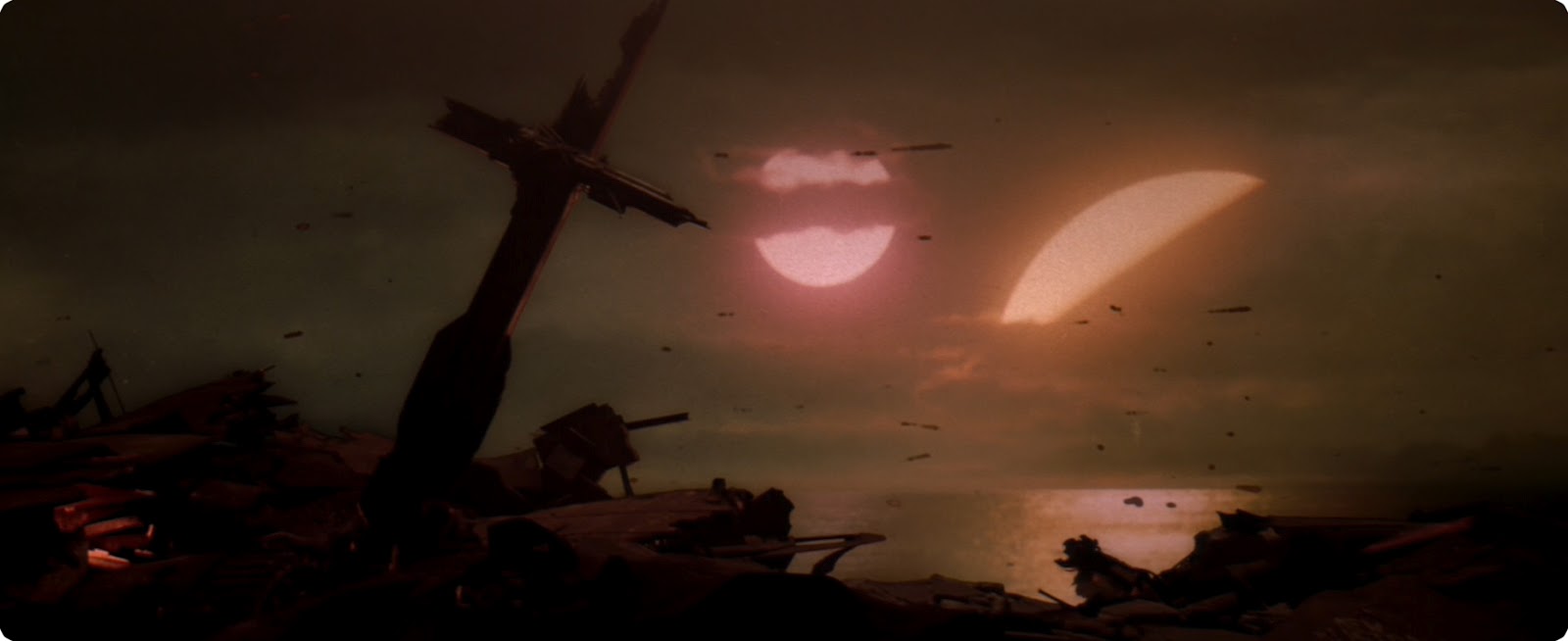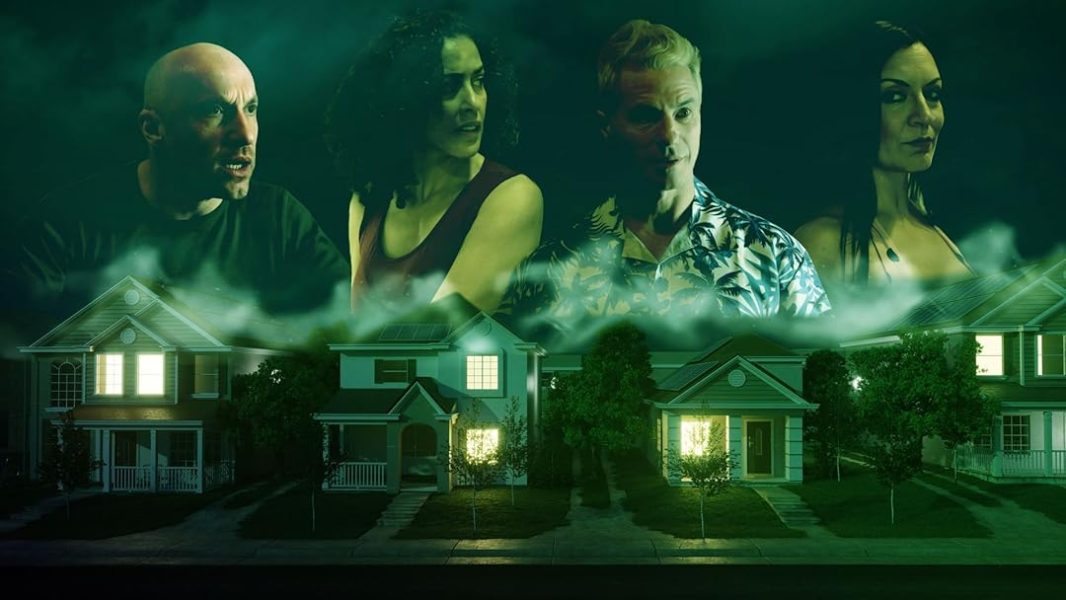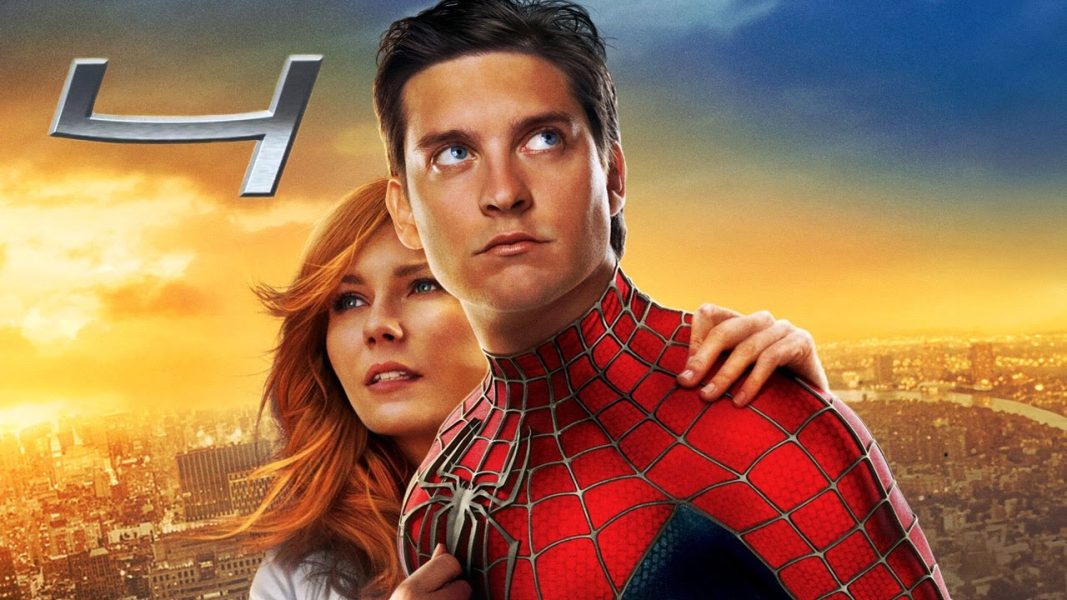Alien 3 (1992)- Making the Best of Production Hell

The Alien franchise is among the most well loved Sci-fi series of all time. The first two films are both considered classics that balanced horror and action well in addition to having memorable characters and being well-directed. But despite these superb first two entries, the rest of the films leave much to be desired. Like many other franchises, much of the later films pale in comparison to the earlier films. Today, we are looking at the first of the weaker sequels in the franchise with troubled development: Alien 3!
Following the last film, Ellen Ripley (played by Sigourney Weaver) crashes onto the planet Fiorina “Fury” 161, a maximum-security correctional facility filled with male inmates. Being the only survivor of the Sulaco (much to the frustration of audiences), Ripley is concerned of the possibility of the Alien life form having followed her there. Her fears are soon realized with another alien having burst onto the scene and attacking inmates and guards alike. With no weapons on this planet of any kind, Ripley must organize the inmates in order to kill the Alien before it either kills all of them or is collected by the still-active Weyland-Yutani corporation.
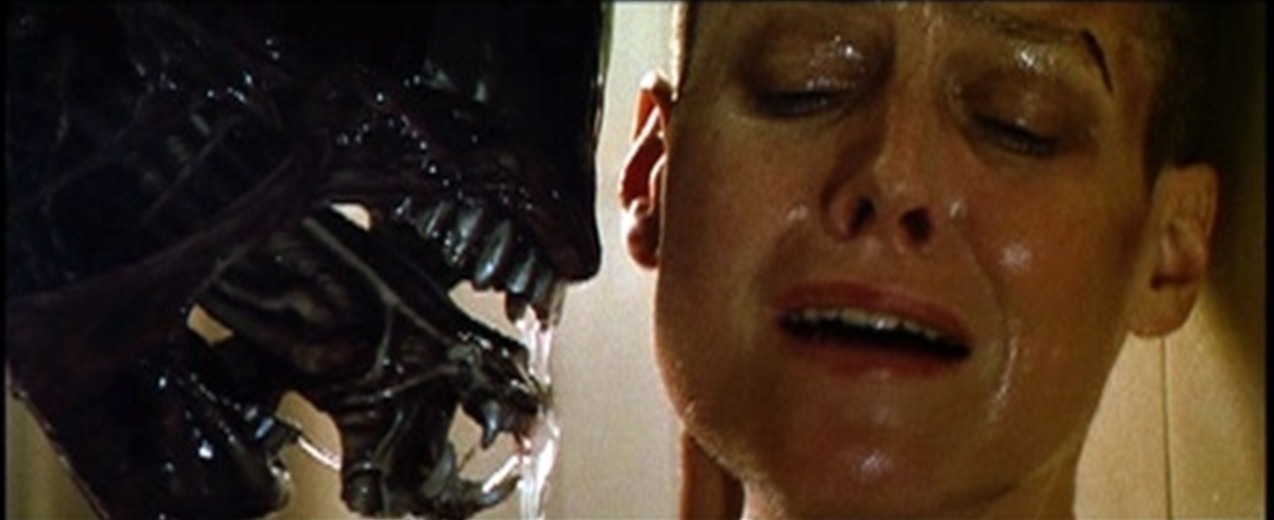
This film’s development was a fascinating nightmare that consisted of several scripts and directors. The earliest script, written by William Gibson, involved ‘space commies’, a close relationship with the fourth film, and less involvement from Sigourney Weaver (which she was fine with). This script ultimately wasn’t followed, but was made available on Audible as part of the 40th Anniversary celebration of the franchise. Several other scripts were made and discarded, but production was started with Vincent Ward’s concept of Ripley landing on a planet of techless monks. Many aspects of this version would remain in the final version, such as its structure. However, creative differences led to Ward being fired and certain elements from the previous rejected scripts being mashed together for the final film. Despite this, the script was still incomplete by the start of filming and $7 million was already spent. The actual production didn’t get any better with stories making the production seem like a hellish experience for everyone, especially the director, David Fincher, who disowned the film for how little creative control he had.
Fincher is probably why the film is as well-made as it is. The cinematography is superb, with many great shots throughout the film and a consistent and strong usage of low angle shots, which helps highlight the religiousness of the residents as well as the monster that always comes from above. They also give off a strong oppressive feeling that compliments the dreary tone. The climax of the film must be noted for its camera work, especially the POV shots from the alien’s perspective.
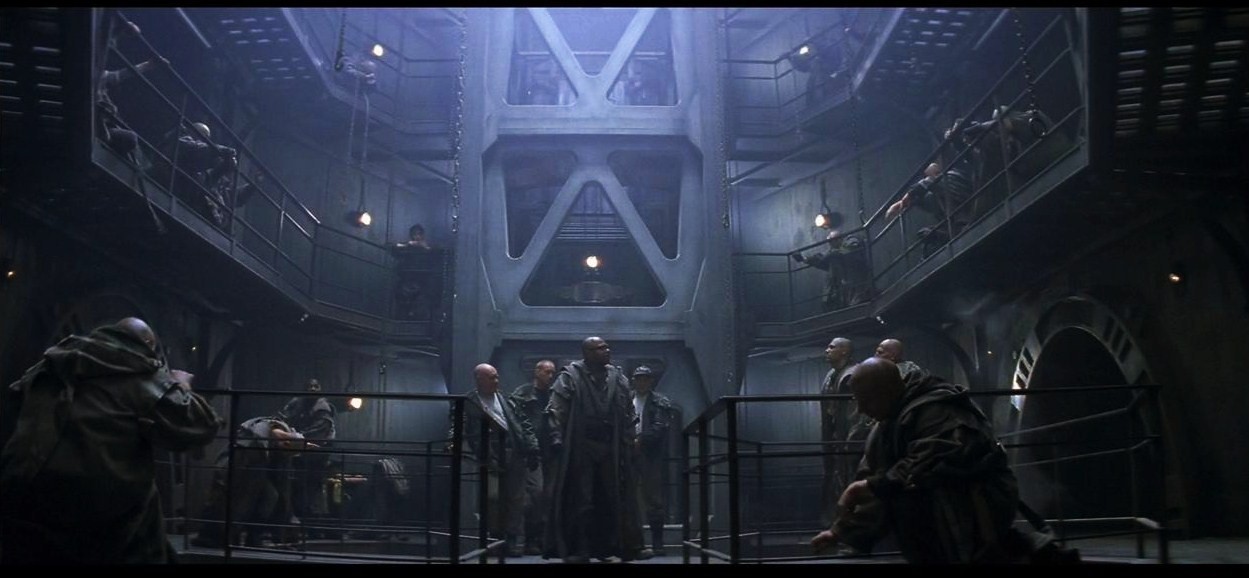
As with the rest of the Alien films, the set design continues to be a strong point, with Fury 161 being another great setting in the series. It is a dirty planet that is more spacious than the previous settings, yet at the same time still feels very confined, with a verticality that adds to the more spiritual nature of the film. It is very industrial, but also has little technology present. With no working technology or weapons, it adds tension as most easy solutions are no longer able to be used, forcing the characters to be more creative and desperate.
Another strength of the film is the acting. Sigourney Weaver gives an excellent performance as a beaten-down woman and survivor, carrying all of the pain and loss she has suffered from two full movies. Charles S. Dutton plays the memorable Dillon, an inmate turned preacher with a great sense of remorse for his past actions. Dutton as Dillon has a strong sense of charisma to him and proves himself as a valuable ally to Weaver’s Ripley. Charles Dance also does a great job as Clemens, building a believable bond with Ripley and serving as an interesting figure even with his sudden lack of screen time. However, out side of the main cast, the rest of the character look very similar and felt more like extras than actual characters.
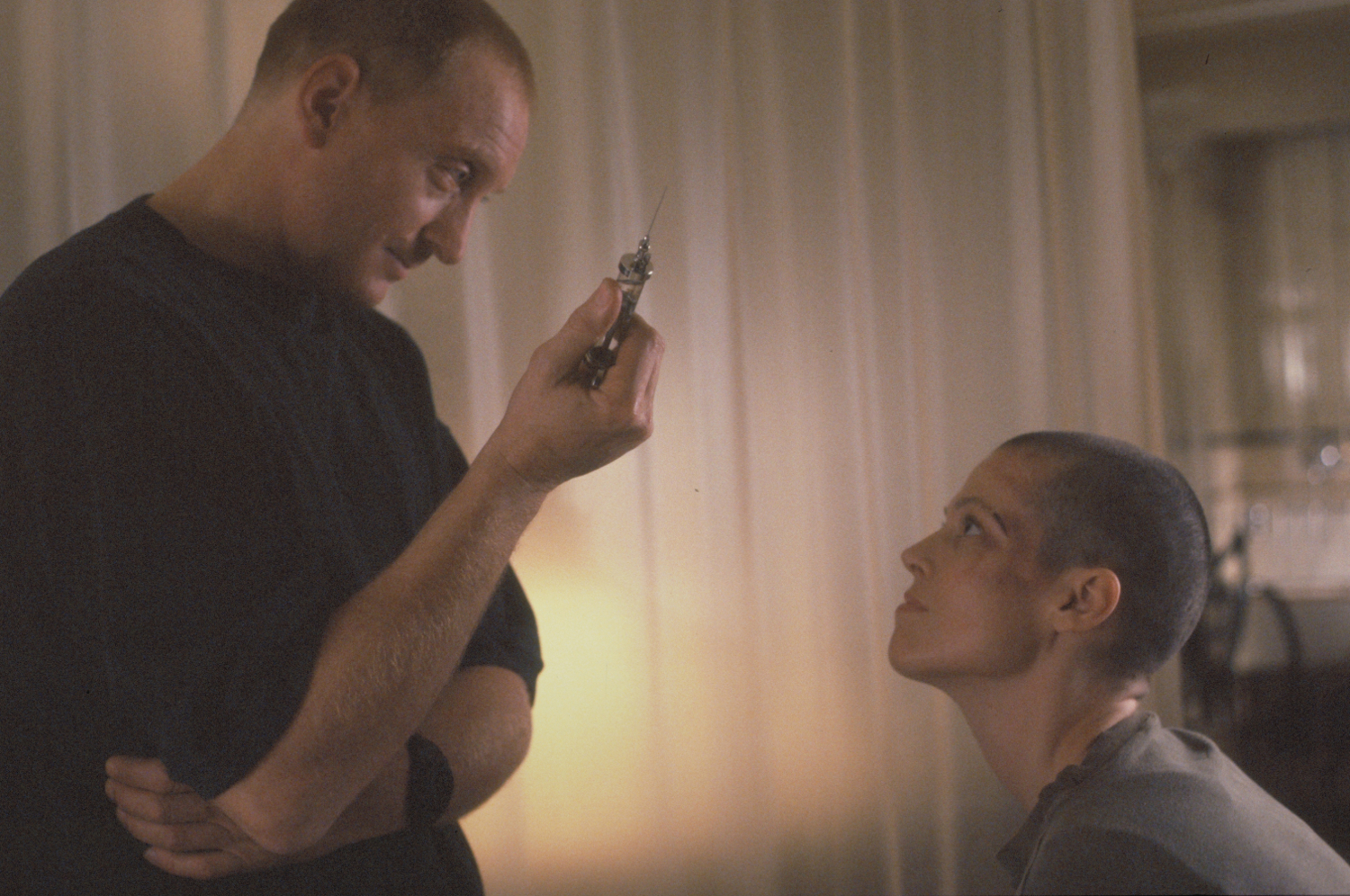
The writing in the film is interesting and not just because they didn’t have a finished script or that said script was a chimera of other scripts. This is by far the bleakest film in the entire franchise. Redemption and mortality are the film’s themes, with death permeating the film. Our heroes, the prisoners, are confessed rapists and murders, including the preacher Dillon. The climax consists of our heroes putting themselves on the line to trap the alien with no hope of survival following the messianic Ripley. And Ripley herself goes through the ringer in this film from grief to death-seeking. For a film that lacked a real vision behind the scene, the film feels consistent in its use of religious imagery along with its utter bleakness.
Unfortunately, the visual effects are not great. The alien looks extremely fake and doesn’t appear to mesh well with the real environments. Luckily for the film, it takes a page from Jaws and obscure the alien as much as possible in most scenes. But even then, the alien looks off in no matter what version you watch, be it the theatrical or assembly cut. Some claim that the alien is CG, but in truth was done with puppets blue screened and composited into live action footage along with some shots done in a suit.
Alien 3 is dark, bleak and brutal. This film is not Aliens and should not be judged as such. With great acting, cinematography and strong themes, the film is a perfect example of making the best of a bad situation. For a film with such a problematic production, having its biggest sin ultimately being that it isn’t as good as its predecessors is not all that bad. Alien 3 certainly is better than its follow-up Alien Resurrection and doesn’t deserve to be overlooked.
